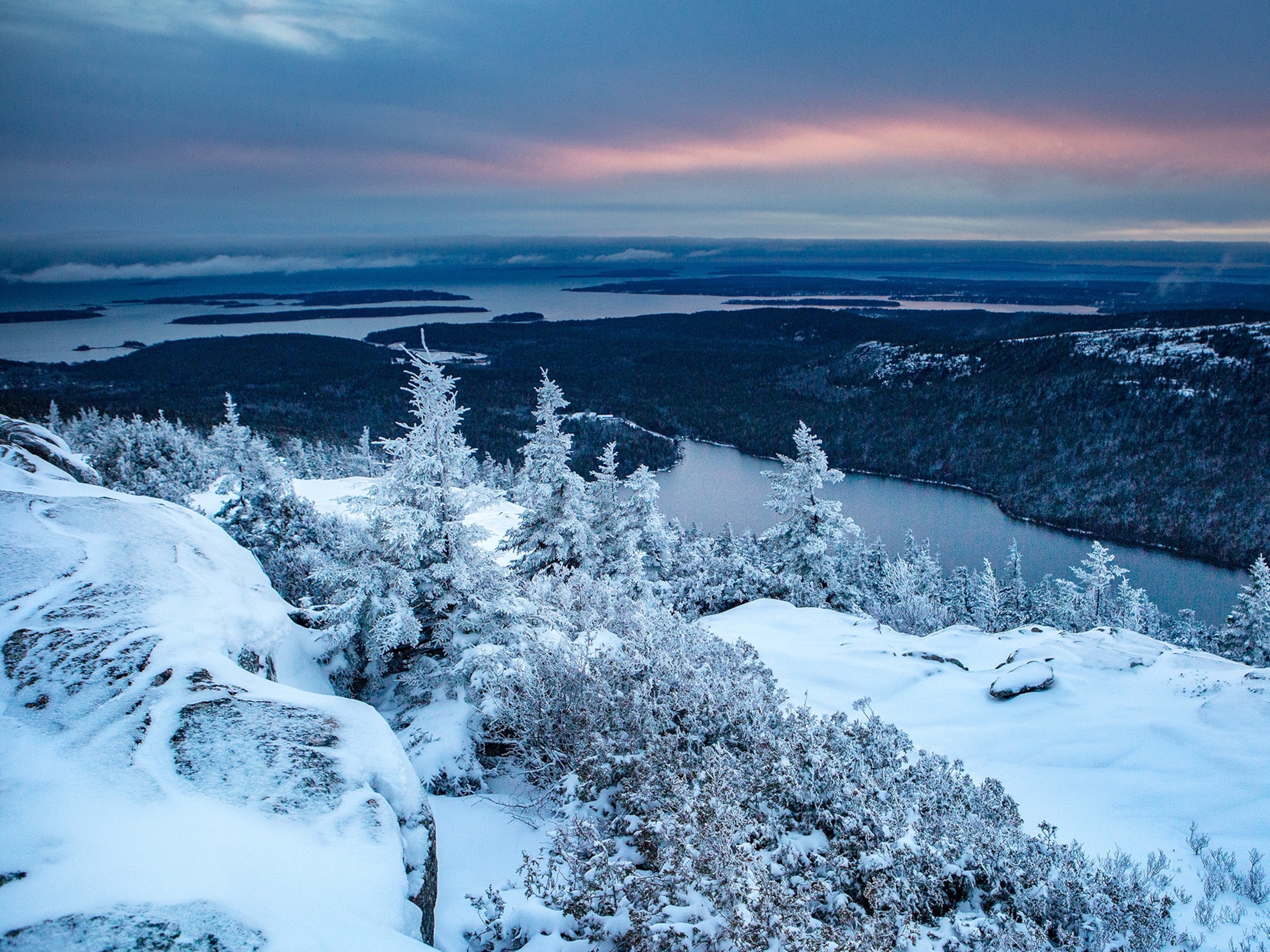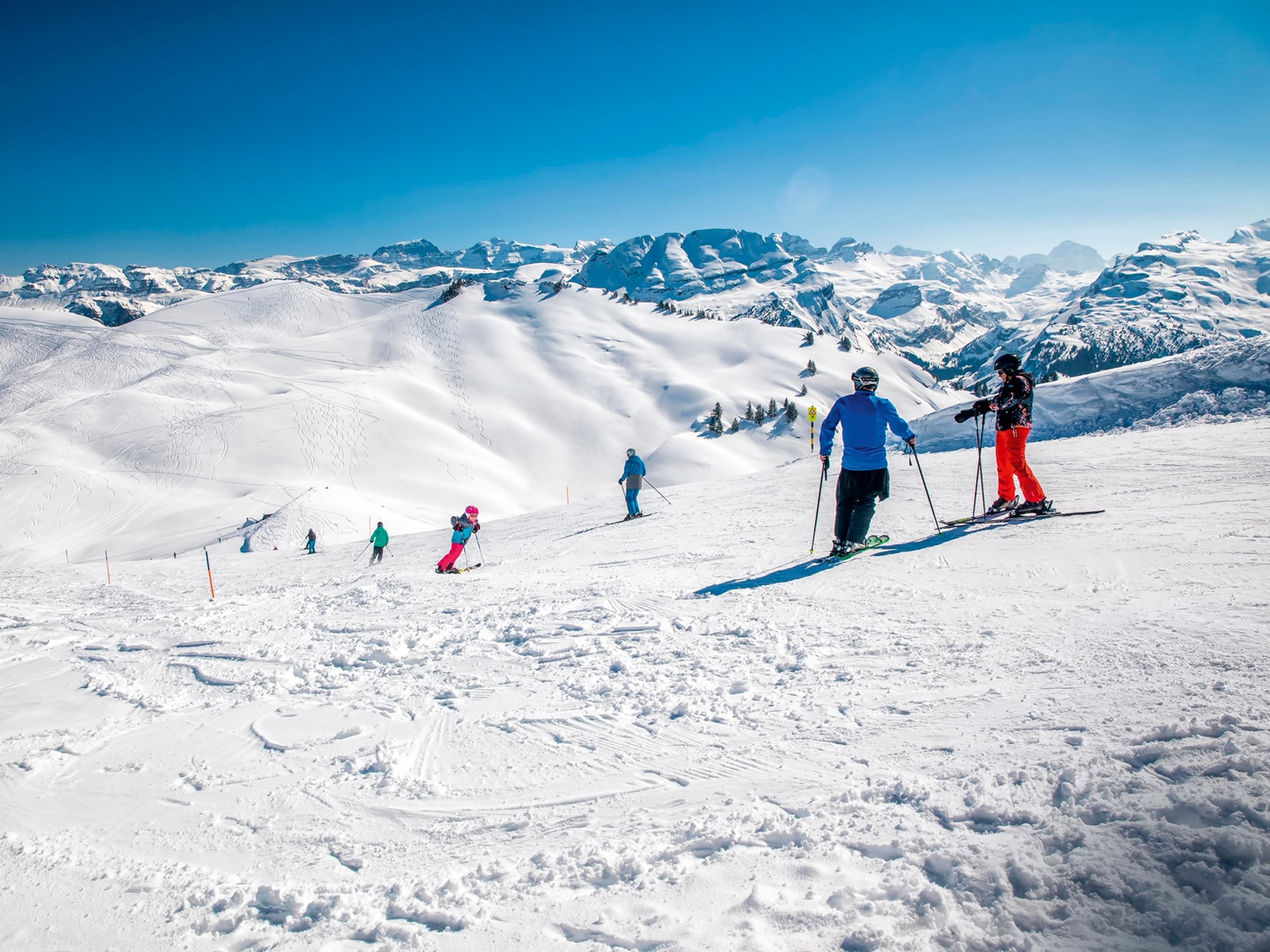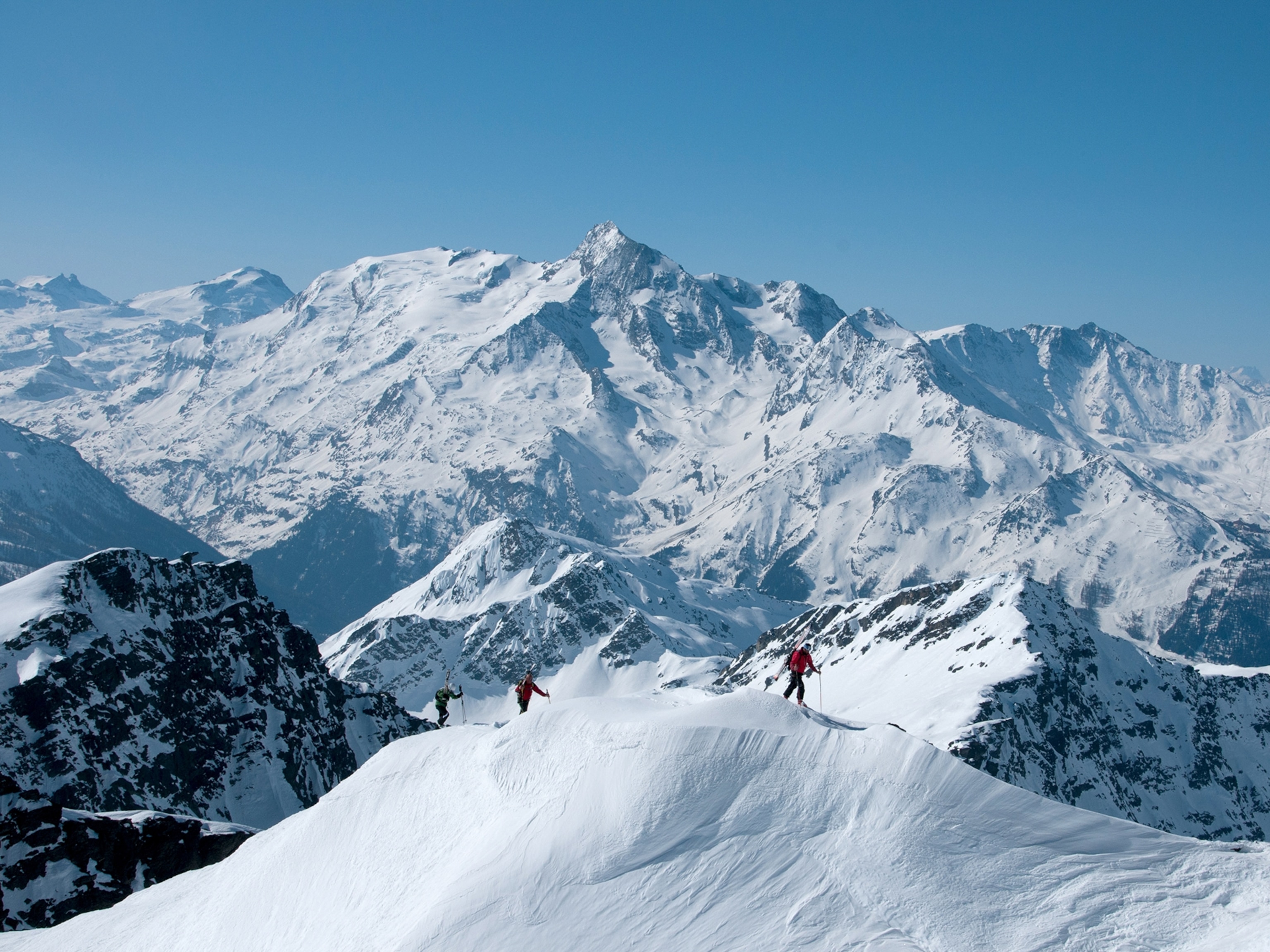
The World's Largest Ice Rink Is Having Trouble Staying Frozen
Without sufficiently solid ice, skaters are missing out on weeks of fun at this World Heritage site.
Of the 18 UNESCO World Heritage sites in Canada, Ontario contributes just one: the Rideau Canal Skateway. Constructed in the early 19th century for steam-powered vessels and inscribed as a protected site in 2007, the slack-water canal contains sections of the Rideau and Cataraqui rivers, flowing south from Ottawa to Lake Ontario.
Originally built for military purposes, today the canal is largely used for recreational ice skating. From about late December or early January through late February or early March each year, the 4.8-mile canal freezes over and transforms into the Rideau Canal Skateway, Ottawa’s winter icon. The Skateway, which spans roughly the same area as 80 Olympic-size hockey rinks, was named the world’s largest naturally frozen ice rink by the Guinness Book of World Records.
Skating the canal is free (although parking is a different story). It’s well maintained, safety checked, and dotted with amenities like accessible restrooms, heated changing huts, and concession stands with BeaverTail pastries—a deep-fried dessert covered in cinnamon and sugar and shaped like, you guessed it, a beaver’s tail. Visitors can rent skates or bring their own and join the roughly 20,000 people on the rink every day in the winter. The mix of locals and tourists also use the canal to reach a variety of attractions around the city, including museums, pubs, and restaurants.
It typically takes a minimum of 10 nights of temperatures below 14°F to freeze the canal. During the 2017-2018 season, however, two cold snaps in early and late December were still not enough to create solid ice. The Skateway was finally opened for its 48th season on January 5, 2018. It closed and reopened multiple times for the next month due to “adverse weather conditions and their negative impact on the ice" and finally reopened on February 6 to an anxiously awaiting public. While the Rideau Canal Skateway’s typical season lasts for 50 days, the two years prior to the 2017-2018 season saw just 25-day and 34-day sessions.
Canadian environmental researchers are worried about the impact the changing climate will have on winter sports. In a 2012 study published in Enviornmental Research Letters, scientists claimed, “Global warming has the potential to negatively affect one of Canada's primary sources of winter recreation: hockey and ice skating on outdoor rinks.” By comparing daily maximum temperatures from 1951 to 2005 and analyzing a variety of data points, including regional climate information, the researchers found that the outdoor skating season had already significantly shortened across the country, especially in central Canada, which includes Ontario.
If this trend of warmer winters continues, it’s possible that skating along the ice of this record-earning World Heritage site may one day be a thing of the past.
- National Geographic Expeditions





